10 Tips with Sneezesafe®
What Is Good Respiratory Hygiene?
Viruses such as colds and flu are spread by germs that are too small for us to see with the naked eye. Cold symptoms such as a runny nose, coughing and sneezing can spread cold germs into the air. If another person breathes these germs in, they can become infected with the virus and ‘catch the cold’. Germs are also spread by hand-to-face contact and by people touching objects that can be infected and by someone wiping their nose on their hand. An easy way to help stop the spread of germs and viruses is by using tissues correctly.
Tissues should be used in the following ways:
- For blowing a runny nose (not wiping)
- For covering the nose and mouth when sneezing
- For covering the mouth when coughing
It is also very important that used tissues are thrown away immediately, and that you wash your hands immediately, or the virus could be spread by touch. Tissues are more hygienic than handkerchiefs and should be carried at all times by people who have a virus.

